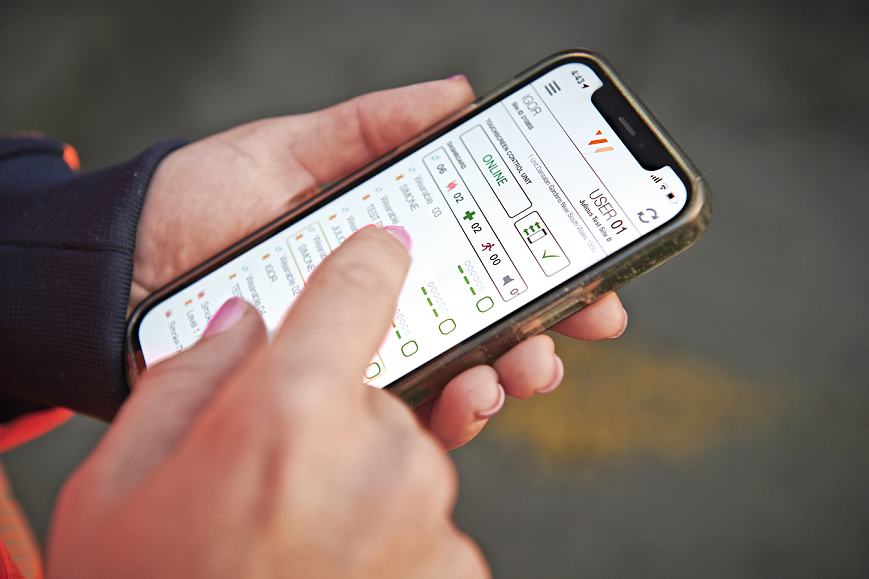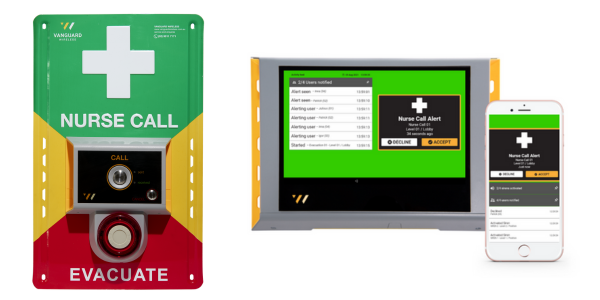Workplace safety is a crucial aspect of any organisation. It ensures the well-being of employees and reduces the risk of accidents and injuries. By prioritising workplace safety, companies can create a positive work environment and improve productivity. It is essential for every employee to understand the importance of workplace safety and actively participate in maintaining a safe workplace.
One way to promote workplace safety is by raising awareness about the potential hazards and risks that exist in the work environment. This includes educating employees about the common workplace accidents that can occur and the preventive measures that can be taken to avoid them. By understanding the importance of workplace safety, employees will be more motivated to follow safety protocols and contribute to a safer working environment.
Identifying Common Workplace Accidents
To effectively prevent workplace accidents, it is essential to first identify the most common types of accidents that occur.
Slips, trips, and falls are one of the leading causes of workplace injuries. They can occur due to wet or slippery floors, uneven surfaces, or obstacles in walkways. Strains and sprains are often caused by lifting heavy objects, improper posture, or repetitive movements. Electrical accidents can result from faulty wiring, improper use of electrical equipment, or failure to follow safety procedures.
Once you’ve identified what are the most likely workplace accidents to occur at your workplace, you can develop targeted strategies to prevent them and ensure the safety of your employees.
Slips, Trips, and Falls
Slips, trips, and falls can be prevented by maintaining clean and dry floors, removing obstacles from walkways, and using proper signage to indicate potential hazards. Regular inspections should be conducted to identify and address any potential risks. Additionally, providing employees with appropriate footwear and training them on safe walking techniques can significantly reduce the risk of slips, trips, and falls.
If someone does injure themselves, it’s important to trigger a nurse call alert so your emergency response personnel can investigate the incident and identify what first aid action needs to be taken (if any). It’s best to ensure the injured worker is comfortable but minimise movement until they can be assessed.
Vanguard Wireless’ nurse call systems offer multiple ways for workers to trigger a nurse call alert. Workers can be created as users of the smartphone app with permissions assigned to management to receive and respond to alerts via the app. Vanguard Wireless’ nurse call systems can also be integrated with existing hardware and software to deliver a seamless experience for users. The wireless configuration of the triggers, sirens, and control panels also mean the systems can be easily retrofitted to replace aging technology or infrastructure.
Strains and Sprains
To prevent strains and sprains, it is important to promote proper lifting techniques and encourage employees to use mechanical aids when lifting heavy objects. Regular stretching exercises and ergonomic assessments can also help in reducing the risk of strains and sprains. Providing employees with training on proper body mechanics and ergonomics can go a long way in preventing these types of injuries.
As with slips and falls, failure to respond in a timely manner can impact the overall outcomes of workers who may not take their injury seriously. It’s important to raise a nurse call alert as soon as the injury is detected to prevent further injury and administer treatment quickly.
Vanguard Wireless’s systems offer event logs and reporting so emergency response personnel can review activity ongoing to identify if there’s a need for additional workplace training or warnings if the data indicates there’s no change in behaviour.
Electrical Accidents
To prevent electrical accidents, it is crucial to ensure that electrical equipment is properly maintained and regularly inspected. Employees should be trained on electrical safety procedures and the proper use of electrical equipment. It is also important to follow all electrical codes and regulations to minimise the risk of electrical accidents.
Electrical accidents can cause major injuries such as skin burns, muscular damage, loss of balance, and even heart failure. If someone is accidentally injured a medical response should be coordinated as quickly as possible. Injuries can present themselves hours or days after the incident – particularly organ damage – so the injured worker/s must be monitored. In this instance the worker can be assigned a
Vanguard Wireless wearable which they can use to trigger a nurse call alert if they start to feel unwell. The alert can be pushed through to the rest of the system via their smartphone, with their identity and location, so that emergency response personnel can quickly offer assistance.
Implementing Preventive Measures
Preventing workplace accidents requires the implementation of preventive measures. Employers can start by maintaining clean and organised workspaces. This includes regular cleaning and decluttering to minimise potential hazards. Proper training and education are also key in preventing accidents.
Employees should be provided with the necessary knowledge and skills to perform their tasks safely. Regular equipment maintenance is another important preventive measure. This ensures that tools and machinery are in good working condition and reduces the risk of malfunctions or accidents.
By implementing these preventive measures, employers can create a safer work environment and protect the well-being of their employees.
1. Maintaining Clean and Organised Workspaces
Maintaining clean and organised workspaces is essential for preventing accidents. Regular cleaning and decluttering help minimise the risk of slips, trips, and falls. It is important to keep walkways clear of obstacles and ensure that spills are promptly cleaned up. By promoting cleanliness and organisation, employers can significantly reduce the likelihood of workplace accidents.
It's important to ensure instructions and training manuals can be easily found near equipment and aren’t hidden by boxes or clutter or other equipment. In an emergency event – for example an evacuation – an inability to understand how equipment is used can impact how quickly a business can coordinate the evacuation.
2. Providing Proper Training and Education
Proper training and education play a crucial role in preventing workplace accidents. Workplaces should provide employees with comprehensive training on safety procedures and protocols. This includes training on how to handle equipment, use personal protective equipment, and respond to emergencies. By equipping employees with the necessary knowledge and skills, employers can empower them to make safe decisions and prevent accidents.
You should have a team of nominated first responders who are alerted to a workplace nurse call or evacuation event. They should be trained in how to respond when a nurse call trigger or evacuation trigger is pressed and understand what action the workers and business are required to take. This includes activating evacuation sirens, escalating a nurse call event to an evacuation, and general application of first aid.
3. Regular Equipment Maintenance
Regular equipment maintenance is essential for preventing accidents caused by equipment malfunctions. Employers should establish a schedule for inspecting and maintaining all equipment. This includes checking for any signs of wear and tear, repairing or replacing faulty parts, and ensuring that safety features are in proper working condition. By regularly maintaining equipment, employers can minimise the risk of accidents and ensure the safety of their employees.
Vanguard Wireless system users can run regular nurse call system and evacuation system tests. A nurse call system is tested by pressing the nurse call trigger, which then pushes an alert out to nominated personnel. An evacuation system is tested by selecting the auto test sirens feature, which triggers the evacuation sirens on site. All tests are logged for reporting and auditing. Testing should be conducted in accordance with your business’ emergency plans and procedures.
Safety Is Everyone’s Business
Workplace accidents can have serious consequences, both for employees and employers. By understanding the importance of workplace safety and taking proactive measures to prevent accidents, companies can create a safer work environment and protect the well-being of their employees.
Implementing preventive measures such as maintaining clean workspaces, providing proper training and education, and regular equipment maintenance can significantly reduce the risk of workplace accidents. By prioritising workplace safety, companies can not only prevent injuries but also improve productivity and morale.
It is crucial for all employees to actively participate in promoting workplace safety by following safety protocols, reporting potential hazards, and continuously updating their knowledge and skills. With a collective effort, workplace accidents can be minimised, and employees can feel safe and protected in their work environment.


